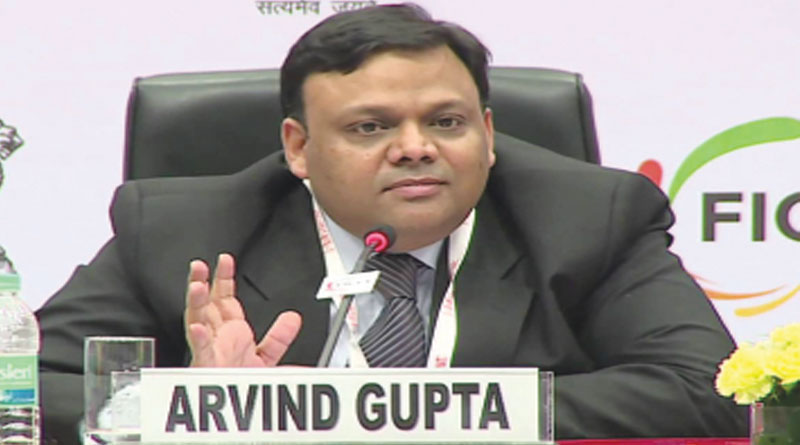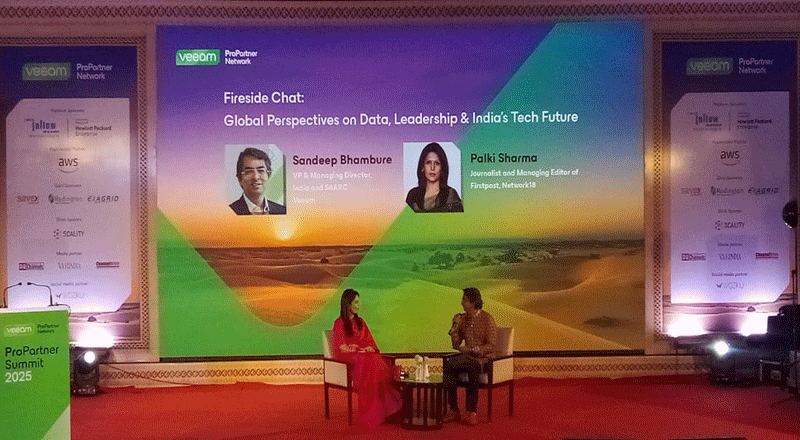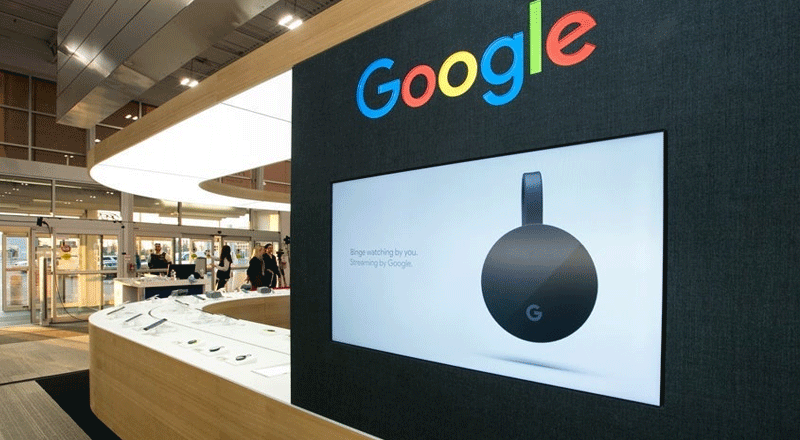What oil was to development in 2006, data will be to growth in 2017 ?
In 2006, oil & energy companies dominated the top six most valuable firms in the world list. Fast forward to 2016, the list is dominated by new age firms like Alphabet (Google’s parent), Apple, Facebook, Amazon and software powerhouse Microsoft.
From oil-based economy to data-based economy, transition is happening globally and data is the new “oil”.
The fourth industrial revolution has digital technologies at its core; it is the combination of data, internet sensors, cloud computing, analytics, artificial intelligence and virtual reality combined with 3D printing, robotics, advanced materials and energy storage, which will have a multiplier effect on economic output and society.
Digital India is a holistic vision to harness the energy of its demographic talent and potential of digitisation for India. From affordable and ubiquitous connectivity, to locally manufactured devices and consumable content in all languages and forms, the vision is of a digitally empowered society solving problems of financial inclusion, access to healthcare, quality education, clean energy, agriculture information systems amongst others.
Digital India will leapfrog the country into a digitally empowered society in the next five years by enabling consumers, citizens, small businesses, traders and farmers to harness technology for efficiency and productivity.
The digital economy comprises outputs that can be derived from a number of inputs such as platforms, skills, equipment and intermediate digital goods and services used in production.
The digital economy is a significant and growing proportion of the global economy. In the European Union (EU) 40 per cent of economic growth in 2010-2020 will be driven by the digital economy; a rate that is expected to be about 10 times faster than the overall economy from 2016 to 2020. In developing markets estimates suggest the digital economy is growing at 20-25 per cent a year.
Traditional approaches to the digital economy are top down with a strong focus on the macro economic impacts. The opportunities of the digital economy can also be seen through the lens of the individual and the improvements on quality of life.
Digital benefits through better access to healthcare and education, financial inclusion through mobile payments, better transport and energy systems and improved agricultural productivity all support individual inclusion and prosperity.
Digital offers significant economic and societal opportunities and benefits over the next five years, which will accrue to multiple stakeholders from consumers, business, government and citizens in some areas such as –
Future is digital democracy
The cornerstones of digital democracy are communication, participation, engagement and feedback of one or more citizens in the democratic process. This can take place at the national, city, community or small group level and can cover political, economic and social issues. At a time where trust in elites and institutions has been falling sharply, the ambition is to have more active dialogues across multiple communities into the issues that will make societies more prosperous in the foreseeable future. The current initiative of MyGov.in of crowdsourcing ideas and policies by citizens are indicators of the trend towards more citizen involvement through digital engagement into a range of topics from law making, to human rights and holding governments to account
Future of government
Governments need to productively increase use of data and digital technologies to improve the efficiency of public service delivery. Data will be the enabler connecting different departments together. Digital India has the ambition to accelerate the use of digital technology in bringing governance at a click for all citizens. Every Indian will have access to all government services and schemes eliminating intermediaries and benefits reaching their bank accounts directly. A policy-driven state with exceptions being handled by the concerned departments is an assured turn around.
Individual citizen expectations of service are getting set in the private sector. They compare public and private service standards with their global customer experiences. The delivery of government benefits with the innovative use of JanDhan-Aadhaar-Mobile (JAM) trinity will set the global standard in public innovation in use of digital technologies for government systems to reduce leakage in the government processes and maximise output.
Digitisation will both transform the delivery of public service and also enable the transition of society as it ages and needs more regular re-skilling. Content digitisation will make relevant content available digitally to be consumed by citizens in their local languages.
The future of money
Demonetisation has given the much- required push for consumption to be digitally driven and payments to go cashless. Every Indian will have access to full financial services through the revolutionary IndiaStack. IndiaStack is open innovation at its best, with tight integration of Aadhaar-identity, digital locker-paperless and payment systems available for all to build their innovations on top of these platforms.
Banks will open new accounts using Aadhaar-linked e-KYC mechanisms in a few minutes. Consumers will make payments to merchants using the unified payments interface.
They will be able to get credit, get all benefits directly credited to their accounts (DBT) and get life insurance and medical insurance, and have opportunities to invest their savings electronically.
Merchants will receive payments digitally at the lowest cost possible. They can raise invoices with GST-enabled software and get appropriate tax credits in their bank accounts. Tax collections will increase, evasion will come down as electronic transactions increase.
The future is less cash with digital payments as the norm and cash as the exception. Digital Payments will become cheaper, cash more expensive, banking will become more virtual and value added.
The future of commerce
Digital puts the citizen, the consumer and the worker at the centre of the economic process. They have more access to data; they are better informed and can procure products or services globally.
Digital offers more choice in the selection of products, more control through customising their research, purchase, and receipt of products and overall convenience.
Individuals can also sell their skills and time through workforce marketplaces that match job demand with individual skills and expertise.
Individuals will have more and more capacity to act as mini multinationals in their own right reaching out to make transactions, offer services and interact with other parties in new forms of collaboration across traditional geographic boundaries.
Small medium size enterprises, which are at the heart of job creation, will be able to access markets, skills, finance like never before.
For the large corporates, the digital economy opens up new opportunities to run diverse international supply chains with more partners and choices of R&D, production and logistics locations.
Global supply chains will get standardised and accessible to businesses of all size and scale.
In a world that will become more service oriented, brand and reputation will be transparent. The ambition of Digital India is that none is left out or left behind in a world where digital offers greater transparency on demand and supply opportunities.
The future of jobs
High end skills are in short supply whilst others like warehouse operatives are at risk of being automated. There are skills and job mismatches in various parts of the country. Digital platforms will provide the opportunity to match demand and supply of skills not just within regions, but also across national boundaries.
It will be increasingly possible to tap into pools of skills globally and create virtual teams to support physically remote located teams. Work becomes location – independent in many cases, as teams get networked.
Mining companies for example who do not want to relocate international expertise to remote locations will use digital technologies to collaborate digitally with local workforces.
Future of innovation
Digital is blurring industry boundaries; more innovation is taking place outside an organisation than inside. The competitive advantage with innovation involves looking to smaller companies and other industry sectors for ideas and capabilities.
This is a world of ecosystems where big companies collaborate with a broader set of smaller entrepreneurial organisations, both within and across their sectors to access new technologies and innovation. For example, the pharmaceutical industry will be working with more and more high tech smaller companies to source new ideas for drugs and compounds.
Digital will expand the range of options and will speed up their research process as algorithms will help with sourcing and artificial intelligence powered bots will facilitate the testing of compounds.
India will lead the world with its frugal and open innovation platforms having ability to operate at scale.
Digital India will be the major accelerator of economic and societal transformation and will impact all stakeholders enhancing their quality of life. l





